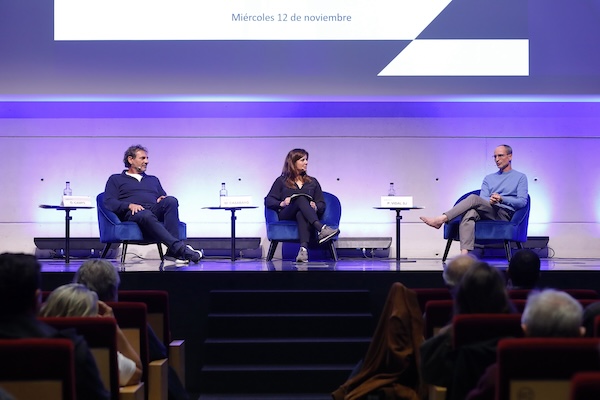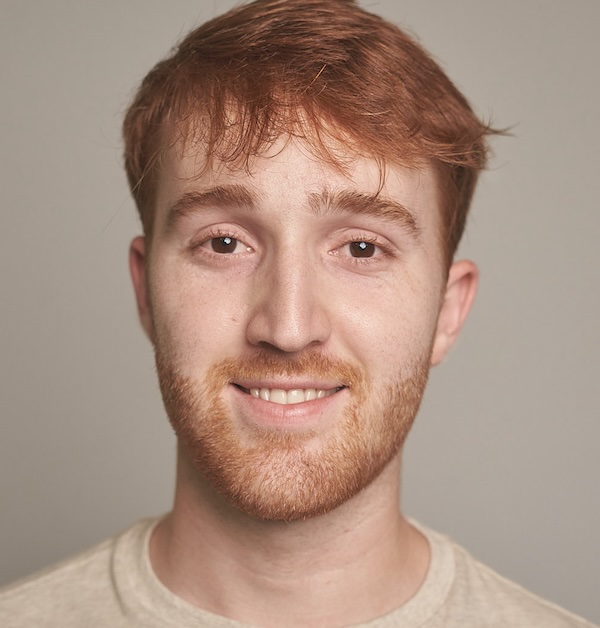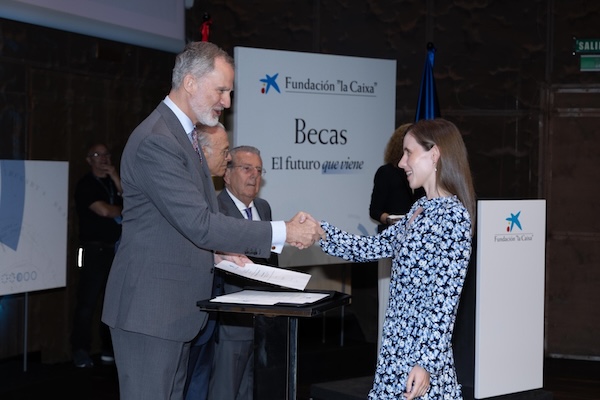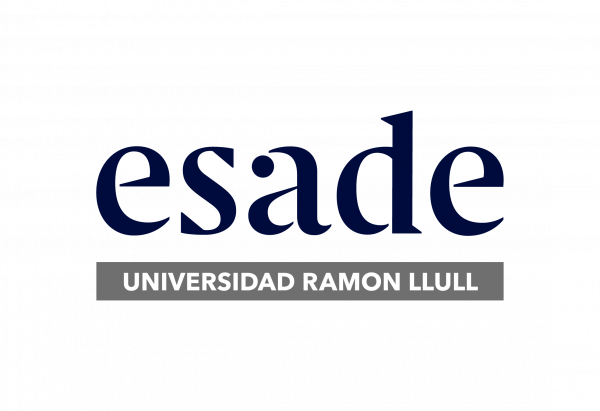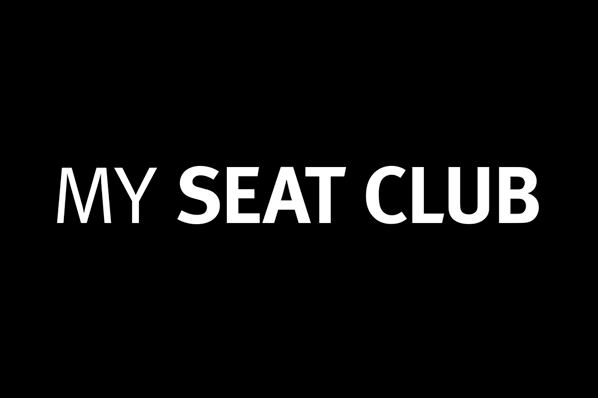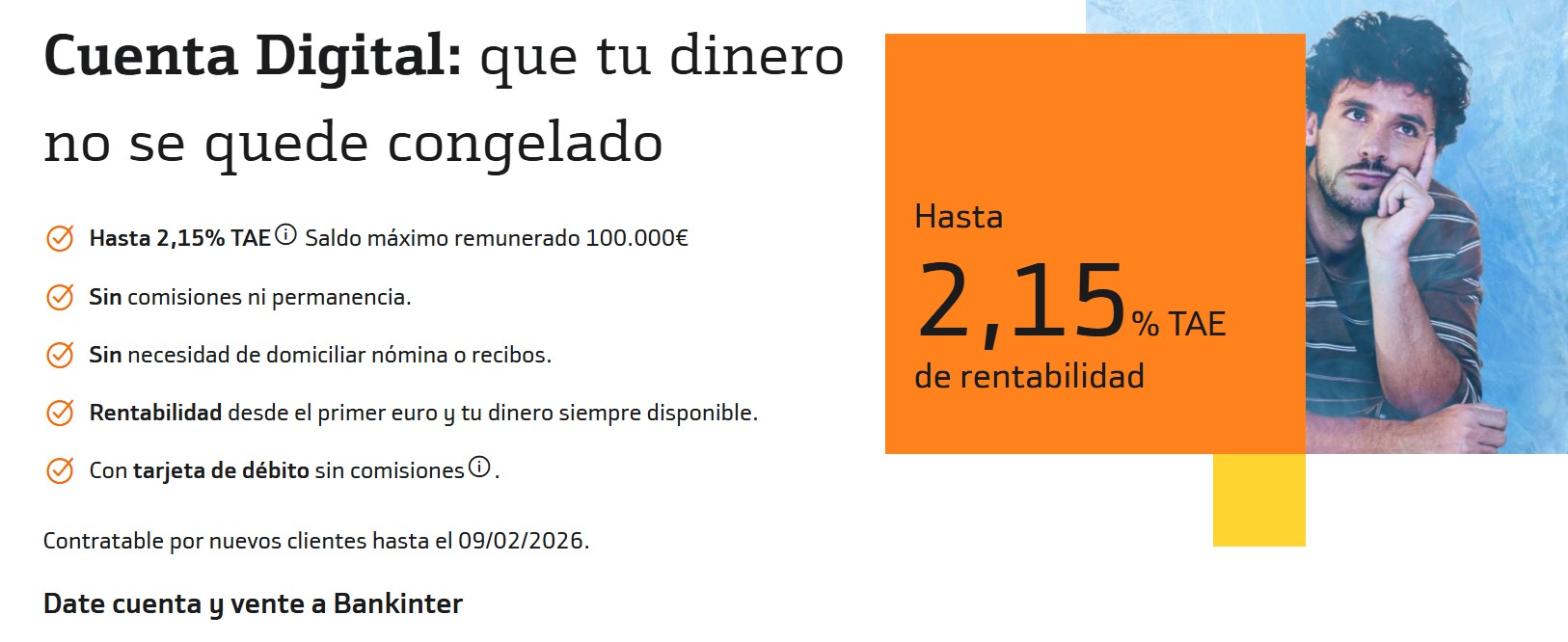Ainhoa García Echaniz has extensive experience in the fashion sector in Spain after working for Jesús Delpozo, Loewe, Marks & Spencer, and other brands.
Now, as the Chief Studio & Merchandising Officer at Rabanne in Paris, Ainhoa García is grappling with the challenges of the fashion sector and managing its complexity.
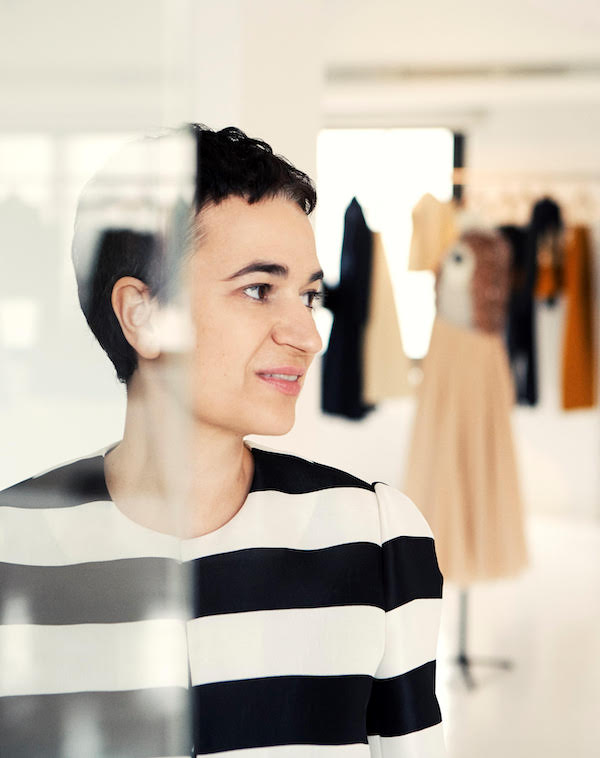 - What are the biggest challenges you are facing as the Chief Studio & Merchandising Officer at Rabanne? What do you find the most exciting about this project?
- What are the biggest challenges you are facing as the Chief Studio & Merchandising Officer at Rabanne? What do you find the most exciting about this project?
My position is in the Rabanne fashion division, and within that it covers all the categories: clothing, accessories, shoes, etc. I work on conceptualizing and launching the collections in the area of design, development, and product. What I like the most is working with designers and artisans. I learn so much from them. I find the creative process and value creation magical.
- What skills and experiences are essential to be successful as the Chief Studio & Merchandising Officer?
Product sensibility and the ability to engage in constructive dialogue with the designers and technicians, as well as a cross-disciplinary approach. In such a competitive market, it is a strain to work in departments or functional areas, given that the exchange of knowledge among experts is needed. And the same is true of suppliers.
- What trends will shape the future of sales operations?
I think it’s very important to understand and manage markets and consumer habits, in addition to the ability to respond in an agile fashion, even when working in a product with high added value (which requires care and time).
"You have to strive for ambitious work-family balance policies. A different model is possible!
- Your extensive career has unfolded in the fashion sector (Jesús Delpozo, Loewe, Marks & Spencer, and others). What are the challenges facing the sector and how have you seen the industry change since you joined it in 1997?
Catering to a global market means being humble, and luxury has had to adapt its position. Designers are not alone but work with design and sales teams, who help them define the goods throughout the creative process, and this teamwork has become crucial. After that comes managing complexity: from the standpoint of the goods sold, the fragmentation of sales campaigns (capsules, pre-collections, partnerships, etc.), and from the standpoint of the demand, the customers’ exposure to impacts has multiplied.
- What advice would you give companies that are seeking to boost their operational efficiency?
I think that more than ever you have to focus on teams and surround yourself with professionals who understand the importance of design, differentiation, and quality and their impact on the supply chain in the long term.
- Spain leads the EU in the highest number of women executives (around 40%). What work do you think needs to be done to reach parity?
I haven’t worked in Spain for almost ten years, and because of my family I am familiar with the Nordic countries. You have to strive for ambitious work-family balance policies. A different model is possible! And you have to work with young women to develop ‘new values’ like active listening, collective intelligence, authenticity, and inclusion.
- Which aspects of your time at Esade have been the most important for your career?
I learned how to work with people very different from me and I made friends that I still have 20 years later. It was a life learning experience.

 - What are the biggest challenges you are facing as the Chief Studio & Merchandising Officer at Rabanne? What do you find the most exciting about this project?
- What are the biggest challenges you are facing as the Chief Studio & Merchandising Officer at Rabanne? What do you find the most exciting about this project?